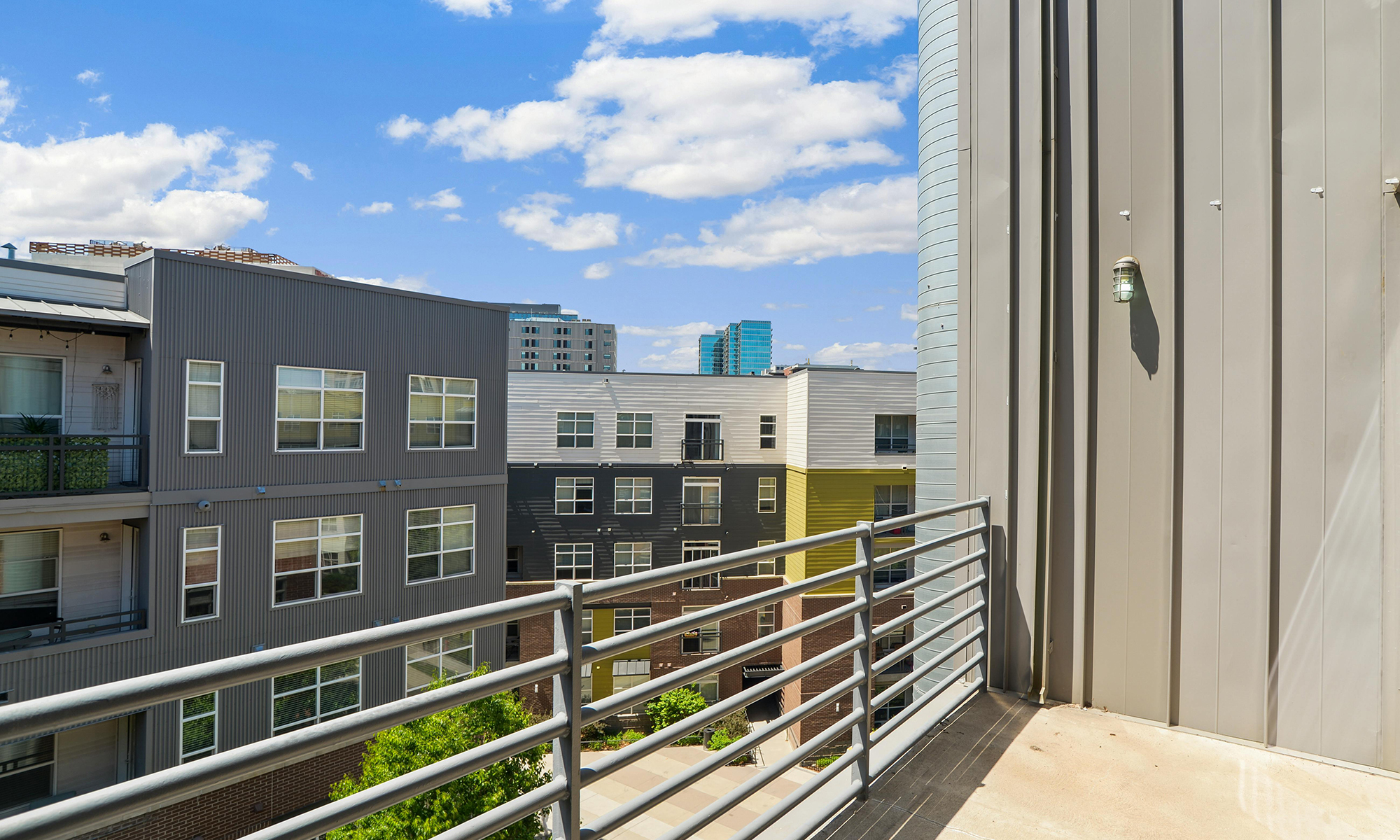

History Lesson: How Fair Housing Requirements Became Part of the International Building Code
Peter Stratton, Managing Director of Accessibility Services at SWA, looks back at SWA’s involvement in the creation of the first code document approved by HUD as a “safe harbor” for Fair Housing Act compliance.
Read











